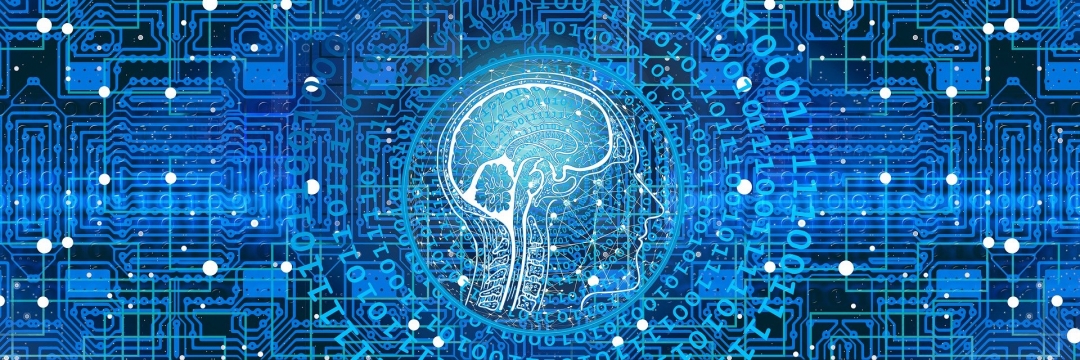How Does Transcranial Magnetic Stimulation Work?

Transcranial magnetic stimulation (TMS) is a non-invasive brain stimulation technique used to treat mental health conditions such as depression, anxiety, OCD, and addiction. The method works by activating neurons in the brain using rapidly changing magnetic fields to help reset abnormal activity patterns associated with certain mental health issues.

What is transcranial magnetic stimulation?
Transcranial Magnetic Stimulation (TMS) is a non-invasive procedure using magnetic fields to stimulate the brain’s nerve cells. This is an innovative medical approach that involves placing a magnetic coil over the scalp and delivering rapid and repetitive magnetic pulses to specific areas of the brain to stimulate or inhibit activity in different areas of the brain.
TMS is considered a relatively safe and well-tolerated procedure, with few side effects. However, it's not appropriate for everyone, and it's important to consult with a medical professional to determine if this is a suitable course of treatment for your specific condition.
What are the transcranial magnetic stimulation uses?
TMS is an effective therapeutic intervention for a variety of neurological and psychiatric conditions.
Major depression
Transcranial magnetic stimulation therapy has been FDA-approved for the treatment of major depressive disorder where patients have not responded to medication or other treatments. TMS is thought to work by stimulating the prefrontal cortex, a brain region implicated in depression.
Obsessive-compulsive disorder (OCD)
OCD is a disorder characterized by intrusive thoughts and repetitive behaviors. TMS is thought to work by modulating activity in the cortico-striatal circuitry that is disrupted in OCD.
Anxiety disorders
TMS is a potential treatment for anxiety disorders, including generalized anxiety disorder (GAD), panic disorder, and post-traumatic stress disorder (PTSD).
Chronic pain
TMS is effective in providing relief for chronic pain conditions, such as fibromyalgia and neuropathic pain. TMS is thought to work by modulating activity in the pain-processing pathways of the brain.
Bipolar disorder
TMS has also been studied as a treatment option for bipolar disorder, particularly for reducing depressive symptoms in people with bipolar disorder.
Addictions
TMS works by stimulating specific areas of the brain, which can influence the neural pathways involved in addiction and cravings. TMS can reduce cravings and improve outcomes for people with substance use disorders, including alcohol, nicotine, and cocaine addiction. It can also improve abstinence rates and reduce the severity of withdrawal symptoms.

How does transcranial magnetic stimulation work?
TMS works by using a magnetic field to stimulate specific areas of the brain. During a TMS session, an electromagnetic coil is placed on the scalp near the targeted brain region. When a pulse of electric current passes through the coil, it generates a magnetic field that passes through the skull and into the brain tissue.
The magnetic field induces a small electrical current in the brain tissue, which can stimulate the neurons in the targeted area. This can increase or decrease the activity of the neurons, depending on the specific parameters of the magnetic field. TMS can also influence the connectivity between different brain regions, which can have therapeutic effects for certain conditions.
TMS is usually delivered in sessions lasting 20-30 minutes, with multiple sessions over several weeks. Considerations of the TMS treatment, such as the intensity and frequency of the magnetic field, are individualized for each patient based on their condition and response to the treatment.
TMS has been shown to be a safe and effective treatment option for certain neurological and psychiatric conditions, particularly for those who have not responded to other treatments. side effects are generally mild and temporary, and may include:
- A mild to moderate headache, which subsides after a few hours.
- Temporary scalp discomfort at the site of stimulation.
- Dizziness or light-headedness during or after TMS treatment.
- Although rare, TMS can cause seizures in patients with a history of seizures or other neurological conditions.
How do you prepare for transcranial magnetic stimulation therapy?
When considering TMS therapy, there are ways to better prepare for the best treatment outcome.
Consult with a healthcare professional
It's important to consult with a healthcare professional, such as a psychiatrist or neurologist, to determine if TMS is a suitable treatment option for your specific condition. They can also answer any questions you may have about the procedure.
Learn about the procedure
Research the procedure and ask the clinician what to expect during TMS therapy. This can help ease any anxiety or uncertainty you may have about the treatment.
Follow any pre-treatment instructions
Your healthcare provider may give you specific instructions to follow before your TMS therapy sessions. For example, you may be instructed to avoid caffeine or certain medications before your session.
Be prepared for the session
Wear comfortable clothing and avoid wearing any jewelry or other metal objects that may interfere with the magnetic field. You may also want to bring headphones or earplugs to block out any noise from the magnetic pulses.
TMS therapy is an outpatient procedure, but you may feel tired or dizzy after the session. It is important to communicate any concerns or side effects with your healthcare provider during and after the treatment.
How effective is transcranial magnetic stimulation?
As a non-invasive, non-drug treatment option, transcranial magnetic stimulation (TMS) has been found to be an effective treatment option for certain neurological and psychiatric conditions. The effectiveness of treatment will depend on the patient’s specific condition, as well as other factors such as age and overall health.
Studies show that TMS is an effective treatment option for people with major depressive disorder who have not responded to other treatments. In some studies, up to 50% of patients experienced a significant reduction in symptoms with TMS. Treatment also provides pain relief, and it can reduce the frequency and severity of headaches.
Transcranial magnetic stimulation (TMS) is a promising therapy for a variety of conditions, but it may not be appropriate for everyone and may not be effective for all individuals, so it's important to have realistic expectations and be open to other treatment options if needed. If you're considering TMS therapy, talk to your healthcare provider to determine if it's a suitable treatment option for your specific needs.





